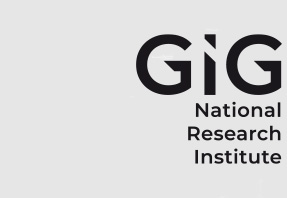Author ORCID Identifier
Faustin Nartey Kumah: 0000-0002-3944-5336
Alex Kwasi Saim: 0000-0003-0171-7815
Millicent Nkrumah Oppong: 0000-0002-3243-2284
Clement Kweku Arthur: 0000-0002-4954-1532
Abstract
In mining, where production is affected by several factors, including equipment availability, it is necessary to develop reliable models to accurately predict mine production to improve operational efficiency. Hence, in this study, four (4) machine learning algorithms – namely: artificial neural network (ANN), random forest (RF), gradient boosting regression (GBR) and decision tree (DT)) – were implemented to predict mine production. Multiple Linear Regression (MLR) analysis was used as a baseline study for comparison purposes. In that regard, one hundred and twenty-six (126) datasets from an open-pit gold mine were used. The developed models were evaluated and compared using the correlation coefficient (R2), mean absolute percentage error (MAPE) and variance accounted for (VAF). It has been shown in this study that the ANN model can best estimate open-pit mine production by comparing its performance to that of the other machine learning models. The R2, MAPE, RMSE and VAF of the models were 0.8003, 0.7486, 0.7519, 0.6538, 0.6044, 4.23%, 5.07%, 5.44%, 6.31%, 6.15% and 79.66%, 74.69%, 74.10%, 65.16% and 60.11% for ANN, RF, GBR, DT and MLR, respectively. Overall, this study has shown that machine learning algorithms predict mine production with higher accuracy.
Recommended Citation
Kumah, Faustin Nartey; Saim, Alex Kwasi; Oppong, Millicent Nkrumah; and Arthur, Clement Kweku
(2024)
"Predicting open-pit mine production using machine learning techniques,"
Journal of Sustainable Mining: Vol. 23
:
Iss.
2
, Article 2.
Available at: https://doi.org/10.46873/2300-3960.1411
Creative Commons License

This work is licensed under a Creative Commons Attribution-Noncommercial-No Derivative Works 4.0 License.

